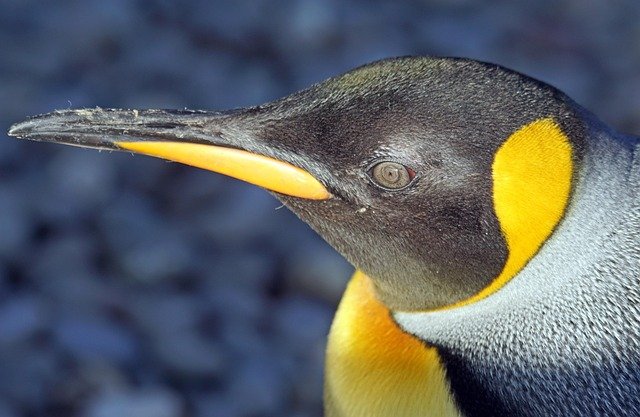**Title: "The Social Lives of Penguins: Understanding Their Unique Communities"** **Summary:**

The Social Lives of Penguins: Understanding Their Unique Communities
Penguins are often perceived as solitary creatures, waddling alone across icy landscapes. However, beneath their charming exterior lies a complex social structure that is both fascinating and vital for their survival. In this post, we will explore the unique communities of penguins, shedding light on their social behaviors, communication methods, and the importance of their social bonds.
The Importance of Social Structure
Penguins are highly social animals that thrive in colonies, often numbering in the thousands. These colonies provide numerous benefits, including:
- Protection from Predators: By living in large groups, penguins can better defend themselves against predators such as seals and birds of prey.
- Thermoregulation: In harsh, cold environments, the collective body heat of a colony helps keep individual penguins warm.
- Shared Parenting: Many species of penguins, such as the Emperor and Adélie penguins, engage in cooperative breeding, where parents take turns incubating eggs and feeding chicks.
Communication: The Language of Penguins
Penguins have developed a variety of vocalizations and body language to communicate with one another. Each species has its own unique calls, which are essential for:
- Identifying Individuals: Penguins can recognize each other’s calls, allowing mates and parents to locate their partners and offspring in crowded colonies.
- Establishing Territory: Vocal displays are also used to assert dominance and establish territory during breeding seasons.
- Coordinating Group Movements: Penguins often use specific calls to coordinate movements, especially when foraging for food or during migrations.
Social Interactions and Hierarchies
Within penguin colonies, social hierarchies can often be observed. Dominant individuals may have priority access to resources such as food and nesting sites. Social interactions include:
- Grooming: Penguins frequently engage in preening behaviors, which not only helps maintain their feathers but also reinforces social bonds.
- Allopreening: This behavior involves one penguin grooming another, which strengthens relationships and fosters cooperation within the colony.
- Aggressive Displays: While penguins are generally social, competition for mates and resources can lead to aggressive interactions, showcasing their complex social dynamics.
The Role of Social Learning
Social learning plays a crucial role in the survival of penguins. Young penguins often learn essential skills, such as foraging techniques and predator avoidance, by observing older, more experienced members of the colony. This transmission of knowledge is vital for the adaptation and success of future generations.
Conclusion
The social lives of penguins are rich and intricate, revealing a depth of community life that is often overlooked. Understanding their unique social structures not only enhances our appreciation for these remarkable birds but also underscores the importance of protecting their habitats. As we continue to study and learn from penguins, we gain valuable insights into the complexities of social behavior in the animal kingdom.
By recognizing the social dynamics of penguins, we can better advocate for their conservation and ensure that these captivating creatures continue to thrive in their natural environments.
